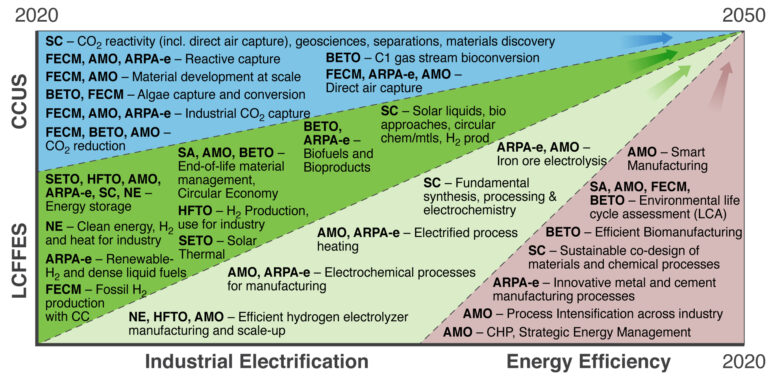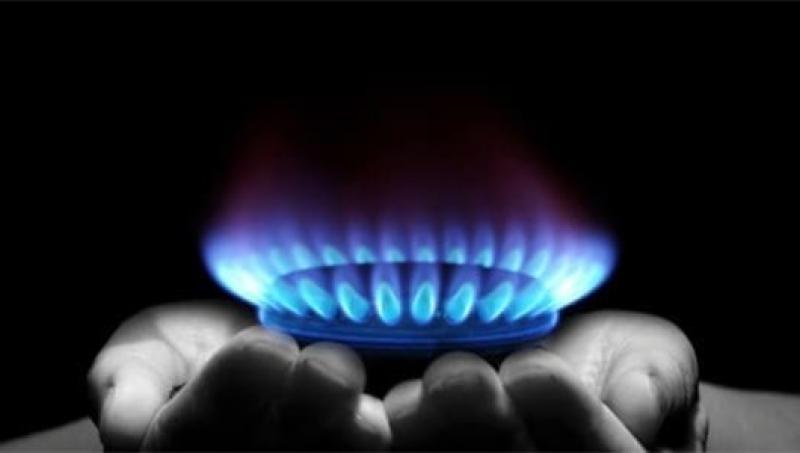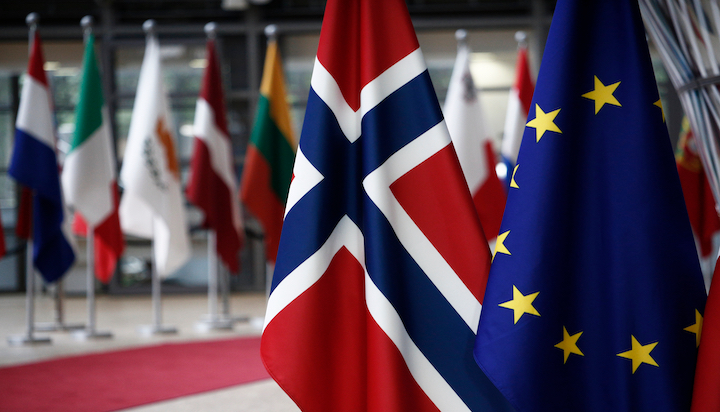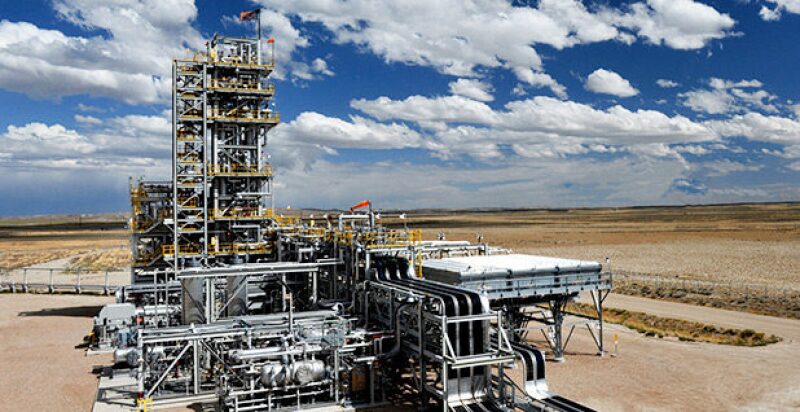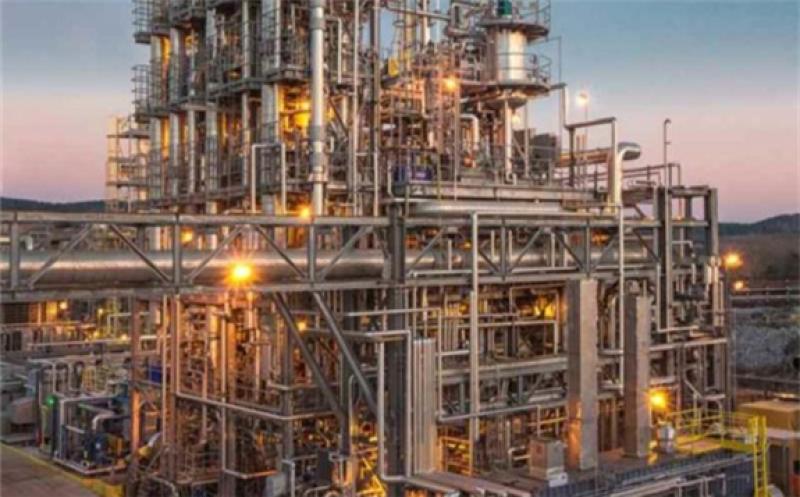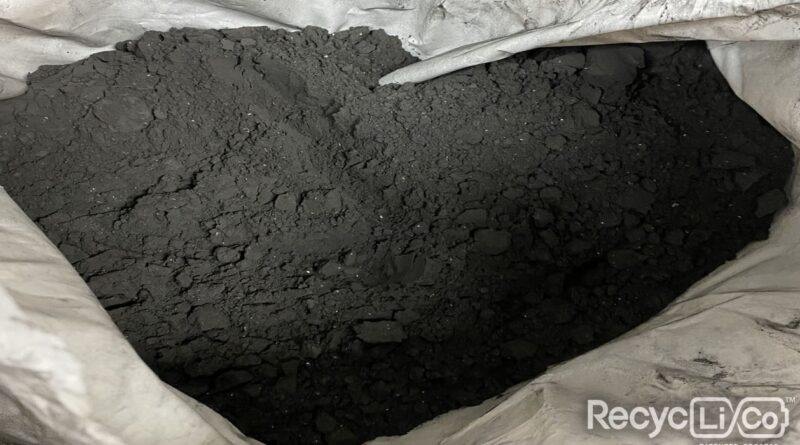
EV Battery Recycling & Black Mass
CleanTechnica’s Jo Borras spotted the black mass angle last year, when he featured the Canadian EV battery recycling startup RecycLiCo in a pair of articles. The idea is to strip out the plastics, aluminum, and other non-essential materials from an EV battery and render the remainder into a shiny, metallic powder, which for lack of a better name is commonly referred to as black mass. Not to be confused with another product of EV battery recycling called black powder, black mass contains cobalt, nickel, manganese, and lithium.
The next step is to extract the valuable materials and use them to make cathodes for new EV batteries. As described by Borras, the process enables RecycLiCo to recover almost all of the cobalt, nickel, and manganese for recycling into cathode active material for new EV batteries. Lithium is also recovered in the process.
When the topic of recycling comes up, the big question is whether or not second-use applications perform as well as virgin materials. RecycLiCo has the answer: yes. Independent tests confirm that lithium-ion battery cells made with RecycLiCo’s high performance materials matched the performance of cells made with virgin materials on purity and other key parameters.
Black Mass Is On The Move
As of last year RecycLiCo had a demonstration facility to its credit. The company was also working towards a full-scale EV battery recycling facility in Taiwan with Zenith Chemical Corporation, and it has not let the grass grow under its feet.
In July of this year, the company announced that its Stage 1 shredding facility at the Taiwan site was already up and running in June. In August, they also announced that the Taiwan venture reached a key milestone in the design phase, leading to the start of construction within the next several months.
Meanwhile, in July the company was awarded a European patent for its EV battery recycling system, joining the US, South Korea, Japan, China, India, Australia, and Canada for a total of 16 global patents in all.
Better EV Battery Recycling From The Green Science Alliance
Another outfit in the black mass space is the Green Science Alliance. Back in 2022, the company described how GSA researcher Dr. Ryohei Mori was able to extract cobalt, nickel, and manganese from black mass without relying on the toxic chemicals typically used in the extraction process.
“Metal extraction from black mass have been performed with strong toxic chemical such as sulfuric acid, hydrochloric acid, sodium hydroxide, etc; however, these chemicals are toxic and cause damage to the surrounding environment including machineries, factories and dangerous to human operators,” GSA explained.
Last year, GSA announced that Dr. Mori reached a next-level breakthrough, enabling black mass to be used directly as a cathode material. That translates into a significant cost savings for EV battery manufacturers. Black mass makes up 40-50% of battery weight and it is less expensive that virgin cobalt, nickel, and manganese. GSA estimates that between the elimination of toxic chemicals and the lower cost of black mass, a cathode made with second-use materials can be less than 50% of the cost of a first-use battery.
An Even Better EV Battery
GSA’s initial direct black mass-to-cathode trials yielded a battery that stacked up nicely against an equivalent NMC (nickel-manganese-cobalt) battery, achieving a discharge capacity of 85%.
This year the company improved the comparative discharge capacity to 90% or more along with a cycle stability equivalent to the first-use battery, leading it to put the wheels in motion for commercialization. On January 25, GSA announced a Letter of Intent between itself and the research hub Switzerland Innovation Park, aimed at establishing black mass manufacturing facilities in Europe.
Meanwhile, the company is also at work on on a facility in Japan, so stay tuned for more on that.
An EV Battery, Without The Baggage
As for solutions to the issue of mining virgin materials to put zero-emission cars on the road, it’s all hands on deck. Shredding an EV battery and boiling it down to a black mass is just one approach.
Another approach is to extend the life of the battery before shredding. Battery swapping can help, by ensuring that batteries are recharged, monitored, and cared for by experts throughout their lifespan. For that matter, an EV battery lasts much longer than previously thought. Mercedes-Benz, for example, is pursuing a “forever” battery that still has 70% capacity after 15 years.
After it finally retires, the battery can be deployed in a stationary energy storage system. Instead of simply hooking an array of used EV batteries together, innovators in that field are screening and refurbishing the batteries for best results.
On example is the startup Element Energy. After months of operation on the quiet, the company officially commissioned its EV battery array on November 21, billing it as the “world’s largest second-life, grid-connected battery installation.”
To make things more interesting, Element is shaking down its system in Texas, storing energy from a nearby wind farm and releasing it to the grid. The Texas grid is already saturated with wind and solar, making it a challenge for energy storage systems to integrate efficiently.
Still another solution is to not need so many EV batteries in the first place. Last week, Mercedes-Benz recapped some of its R&D projects, including a 2040 vision for urban mobility that helps reduce individual car traffic in favor of park-and-rides and bike paths.
The wide open spaces are also overdue for a mobility makeover. If Amtrak’s latest venture is any indication, the traveling public is ready, too. Amtrak has been partnering with states to support new inter-city rail service, and it received an enthusiastic response for its new once-a-day service between the Twin Cities, Milwaukee, and Chicago. The trip was so popular that the railway began offering a second daily run earlier this spring.
